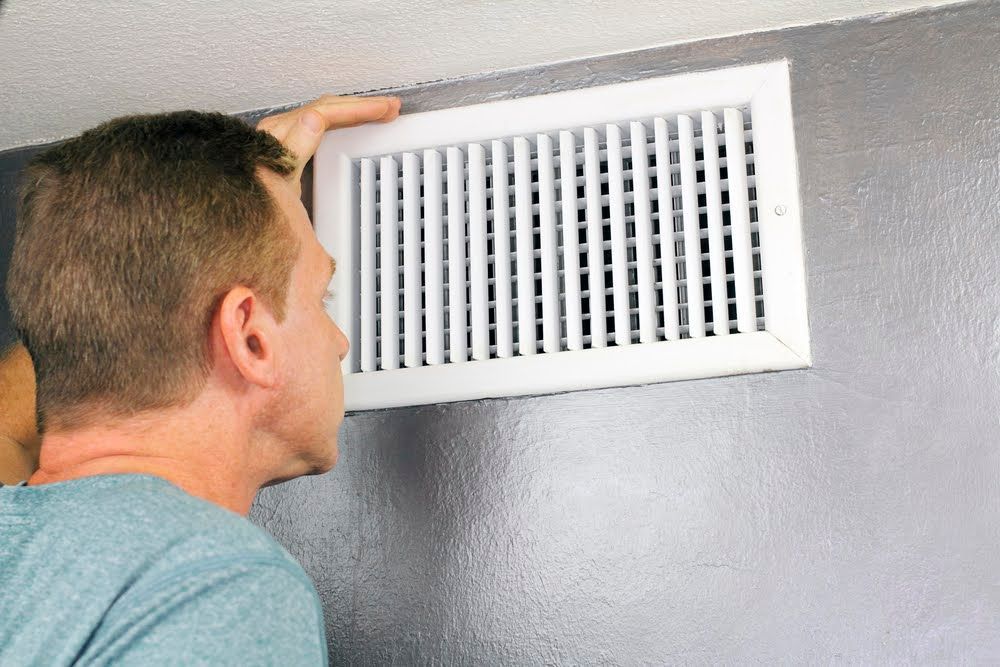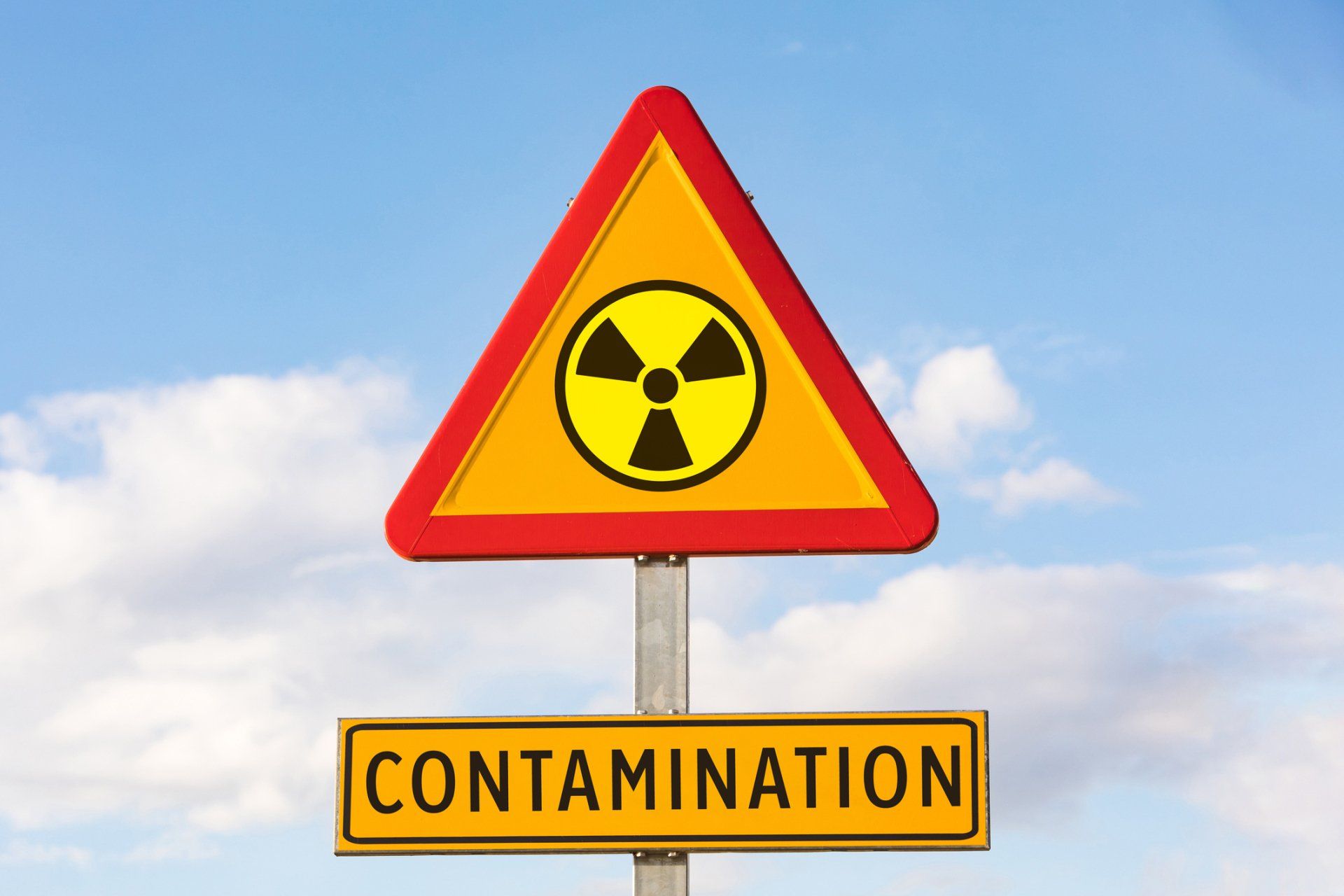5 Things You Should Know About Indoor Air Purification

Did you know that the air in your home may contain even more pollutants than outdoor air? There are many causes of pollution in indoor air, including radon, mold, carbon monoxide, and allergens. Furthermore, outdoor contaminants can enter your home and further degrade air quality.
Indoor air purification is critical to you and your family's health. But how does it work? The process involves testing, purification, and filtration to remove contaminants. Here's a deeper look into the indoor air purification process and 5 of the most important things you should know.
1. It Starts with Proper Air Testing
The best way to assess your indoor air quality is through testing. Indoor Air Quality (IAQ) meters effectively measure tiny concentrations of gaseous and particle contaminants. And by using a highly sensitive sensor, these instruments can rapidly determine ventilation rates, measure air pressure, and quantify air pollutants.
Using such equipment, you can obtain a real-time assessment of indoor air quality to determine the level of risk in your home. Other air quality sensors also provide trend data, giving insights into how air quality fluctuates over time.
2. Not All Air Purifiers Are the Same
There are many air purifiers in the market, ranging from portable air cleaners to upgraded HVAC systems. But with so many available options, how will you know which purification device is best for your home?
Most air purifiers are designed to filter either gases or particles. When used correctly, air filters can remove volatile organic compounds, harmful gases such as ammonia and carbon monoxide, or particulate matter of a designated size (including PM 2.5 and PM 10).
Air purifiers work either mechanically or electronically. Mechanical air purifiers will pull nearby air and channel it through a filter to trap contaminants. On the other hand, electronic air purifiers use ultraviolet light or an electrical charge to attract and remove air pollutants.
3. Clean Air Delivery Ratings (CADR)
CADR measures the number of particles (of a specific size) that can be removed compared to the rate of air flowing through a device. Therefore, air purifiers typically have a CADR, which determines the quantity of particles the machine can remove from your indoor air.
The idea is to match a CADR rating with the size of your room. For example, a 300 square feet space should be fitted with a portable air purifier with a minimum CADR of 195 cubic feet per minute.
4. Circulating Outside Air Doesn't Directly Improve Indoor Air Quality
A common misconception about air purification is that you can dilute inside air with outdoor air to improve air quality. While ventilation is helpful, outdoor air may still contain harmful particles and gases.
You can incorporate air filters into your HVAC system to ensure the circulated air is contaminant-free. For example, particle filters can be placed inside your ducts and vents to trap harmful components. Remember that HVAC systems only purify air while they're running. That’s why it's important to combine ventilation with other air cleaning and purification techniques for the best results.
5. You Can Purify Indoor Air in an Energy-efficient Way
Purifying the air in your home doesn't have to increase energy costs. Modern air purifiers use high-efficiency and long-life filters that consume less power. These devices are also built using efficient fans and motors to operate quietly and reduce maintenance costs. Look for the energy star label when shopping for air cleaning devices—and consult an indoor air quality expert to install the most efficient equipment in your home.
Are you concerned about your indoor air quality? The experts at Radon Environmental Inc. can help. We specialize in air purification services and can recommend a wide range of methods to eliminate harmful air contaminants from your home. Contact us for a free estimate today.




